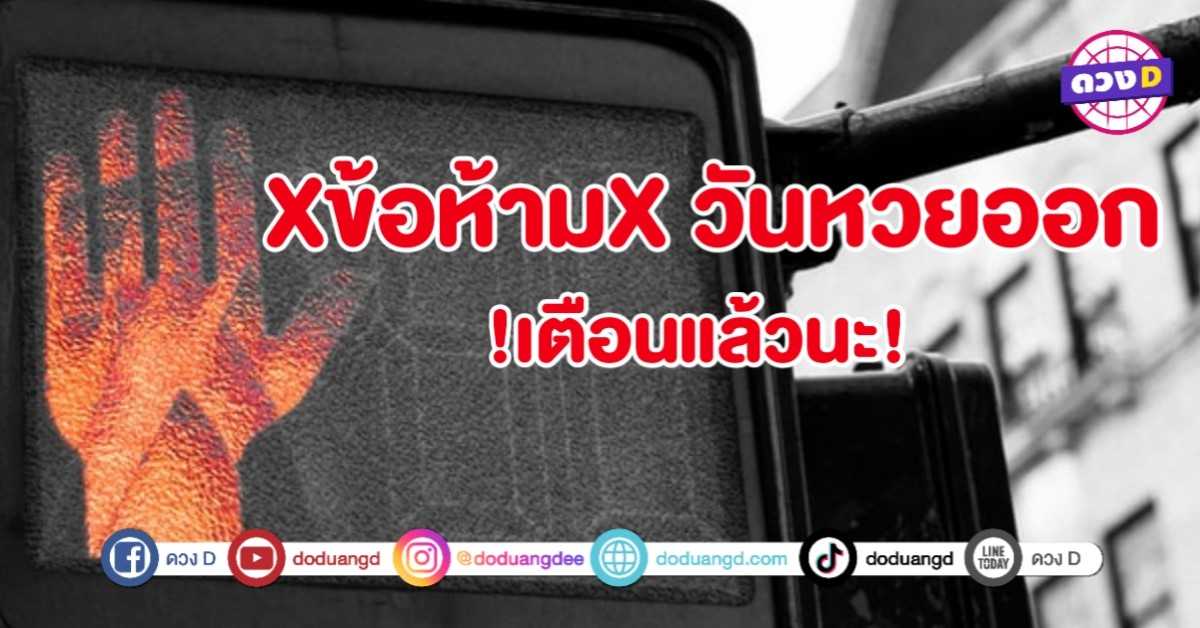
Decoding the Tomb of Bansheebot er det enogtyvende studioalbum af guitaristen Buckethead , hørt op igennem TDRS Music i året 2007.Crime Slunk Scene Pepper\'s Ghost Acoustic Shards Decoding the Tombs of Bansheebot Albino Slug Enter the Chicken (2008 Reissue, Red Cover, Bonus Track) From the Coop Slaughterhouse on the Prairie (2010 Re-press) A Real Diamond in the Rough (2010 Re-press) Special Releases Best Regards (Limited Edition 132) Giant RobotLalbum Crime Slunk Scene de Buckethead est sorti en 2006. Il contient les morceaux suivants : King James dure : 3:57 Gory Head Stump 2006 the Pageant of.Albummet blev kundgjort i og med lanceringen af to andre album, Cyborg Slunks og et album med percussionisten Brian som kaldes Kevin's Noodle House.


There was the transient hotel near the Greyhound bus station in Sacramento, the Royal, $31.90 a night and the keys on the wall behind the night clerk. There was the fourteen-dollar-a-night hotel in Helena, the Park. There were the bus trips: Lincoln to Helena, Helena to Butte or Missoula for Salt Lake, connect out of Salt Lake for Sacramento or San Francisco. There was the purchase with his younger brother David of the small Montana plot, not quite an acre and a half four miles outside Lincoln and seven hundred yards from an operating sawmill, from which, as it turned out, he would venture only sporadically for the rest of his life as a free man.
Crime Slunk Scene Le Package Full Text Within
Until the publication of the manifesto, there had been only a few things about the writer we knew, or thought we knew. On the strength of the writer’s promise to “desist from all terrorist activities” if either paper ran the full text within three months, the manifesto was published, in September of 1995, by both papers, and a month later by a small Berkeley publisher who immediately moved a five-thousand-copy first printing onto the San Francisco Chronicle’s bestseller list. The clerks referred to him as “Einstein.”His “manifesto,” the typewritten thirty-five-thousand-word manuscript mailed in June of 1995 to The New York Times and The Washington Post, told us more. In Sacramento he was remembered by the clerks at Tower Books, twenty blocks from the bus station. In Helena he was remembered to have bought and sold used books at a local shop, Aunt Bonnie’s.
Again and again, he did “not pretend” to offer “an accurate description,” only “a rough indication.” Consistently, he acknowledged the “many objections” that could be raised. We can’t predict any of that.”The writer seemed modest to a fault, apologetic about his inadequate ability not only to predict all outcomes but to explain all terms, weave together all threads. A “revolution against the industrial system” was definitely advocated, but it need be neither violent (“This revolution may or may not make use of violence”) nor immediate: “It may be sudden or it may be a relatively gradual process spanning a few decades. Its central argument, that the consequences of the Industrial Revolution, even as they have “greatly increased the life-expectancy of those of us who live in ‘advanced’ countries,” have also “destabilized society,” “made life unfulfilling,” “subjected human beings to indignities,” “led to widespread psychological suffering,” and “inflicted severe damage on the natural world,” was by 1995 unexceptionable, arguable only to the extent that the reader might place a greater or lesser worth on increased life expectancy.To read much of this logically reasoned if somewhat hermetic document (which, like the Unabomber’s previous communiqués, purported to be the product of an unknown underground group, “FC,” for “Freedom Club”) was in fact to be lulled into an impression that what changes the writer or writers had in mind could occur in a kind of geologic time, history’s great clock moving into another inexorable correction. On the Chronicle’s bestseller list, the manifesto was slugged “Terrorist tract, unedited and unexpurgated,” but there was little in its general thesis that did not echo the apprehension of technology as a double-edged sword that pervaded a good deal of nineteenth-century social thinking.



 0 kommentar(er)
0 kommentar(er)
